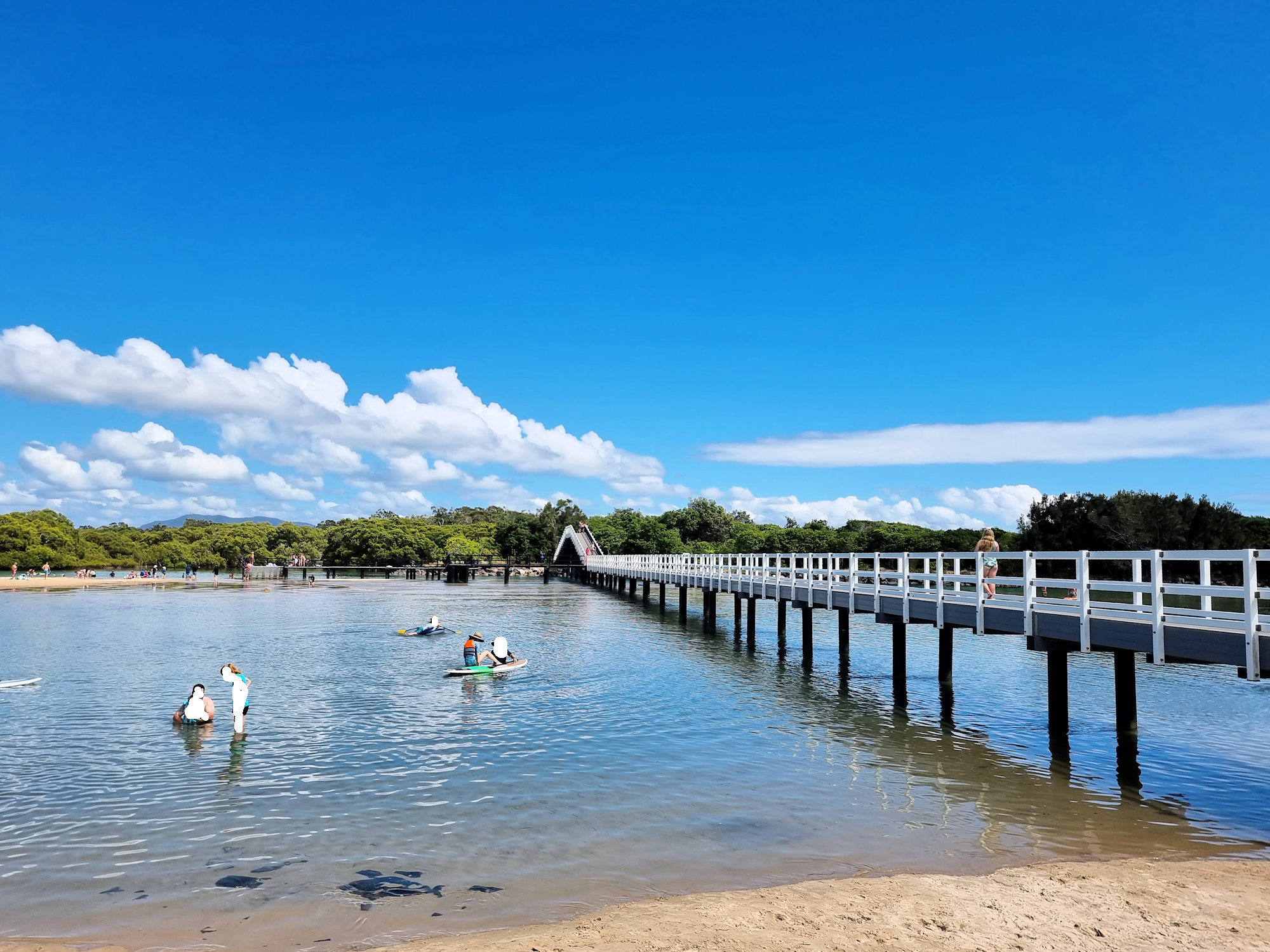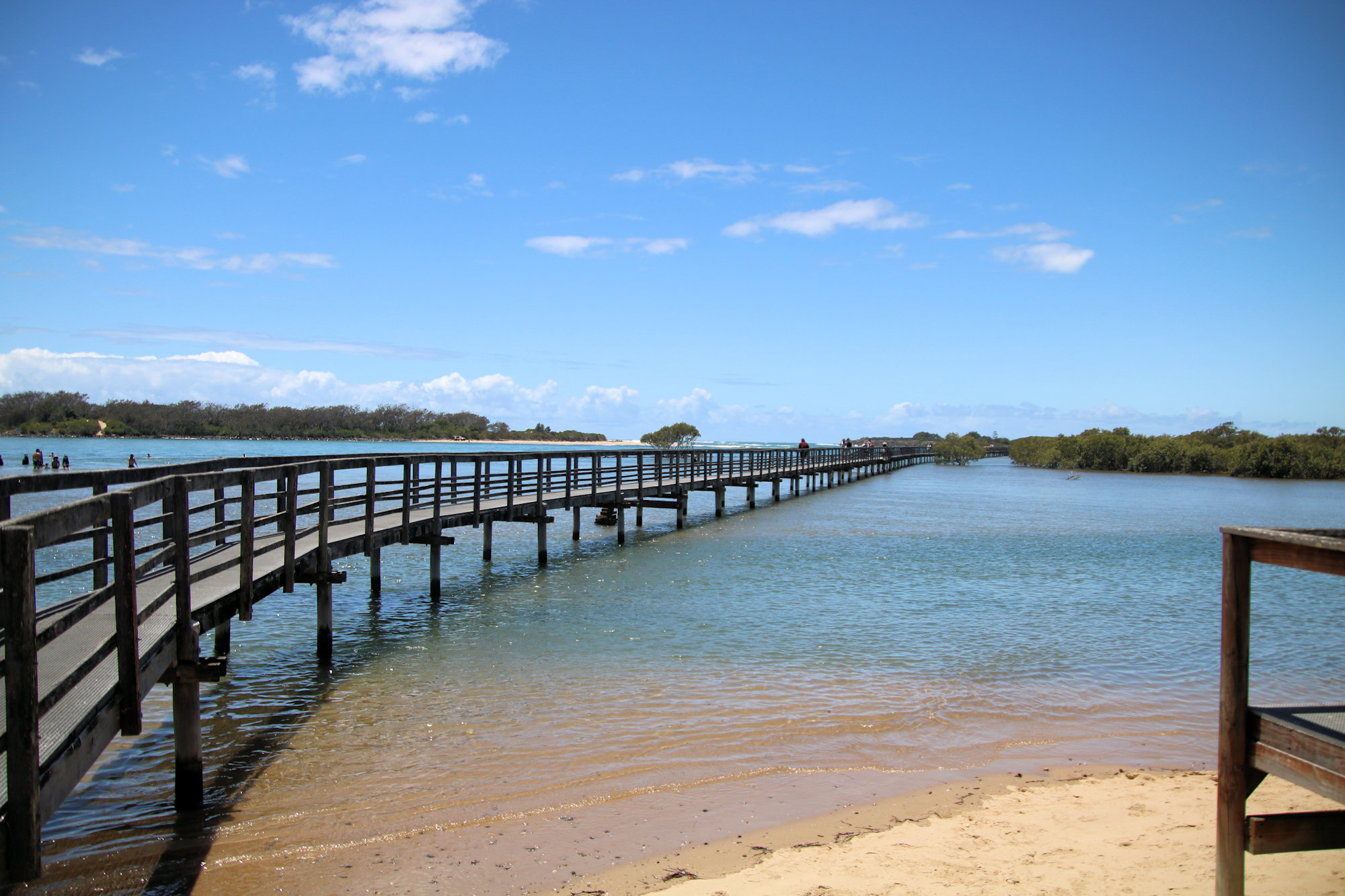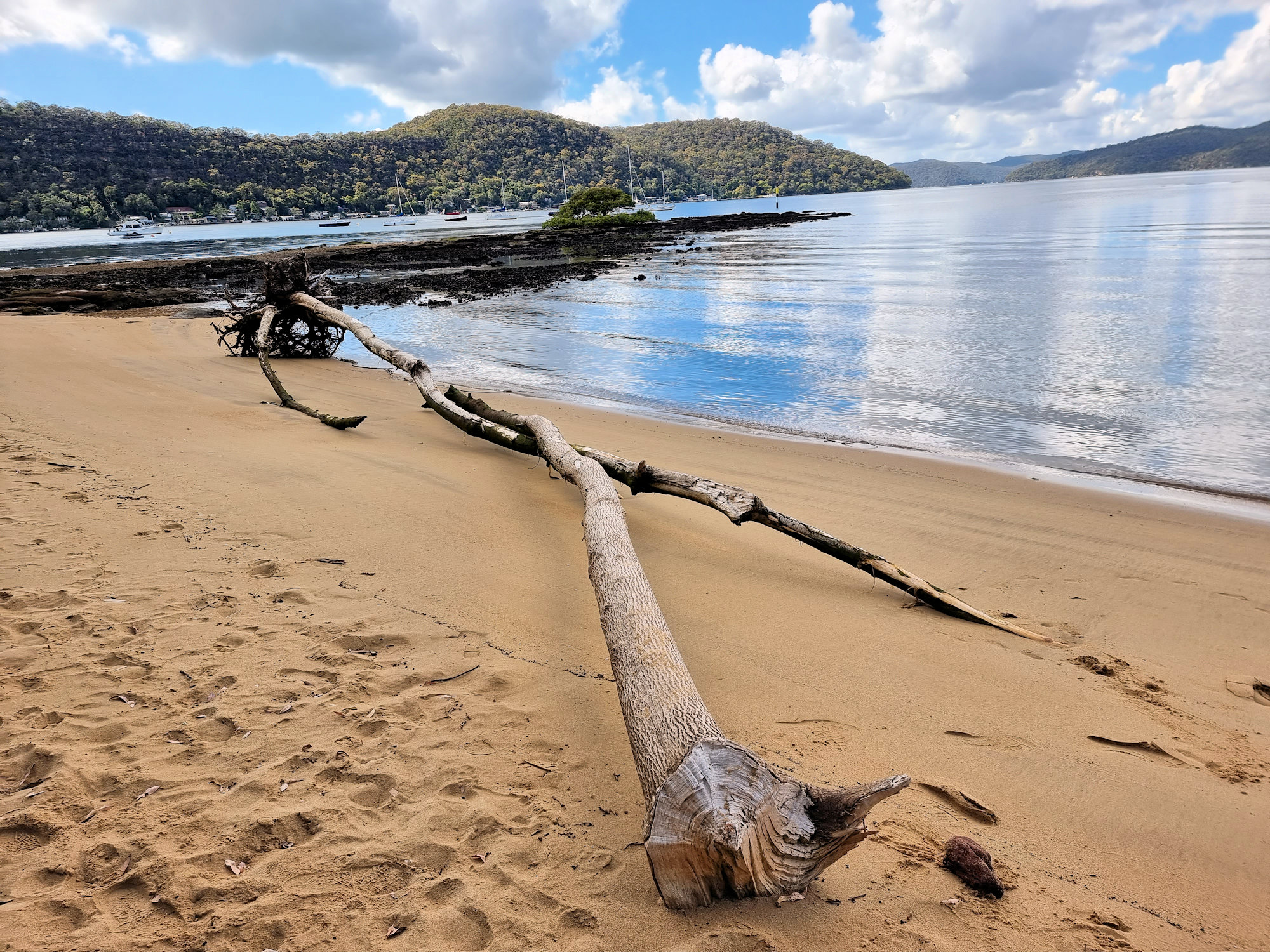Tag: beach
-
Back Creek Bridge

Back Creek Bridge South West Rocks After visiting the nearby Trial Bay Gaol, we stopped at Back Creek Bridge before driving further up the coast. Located in the town of South West Rocks, the footbridge crosses a creek (called South West Rocks Creek) to a track through the mangroves. A large car park next to… Read more
-
Urunga Lagoon Footbridge

Urunga Lagoon Footbridge Located in Urunga on the NSW mid-north coast, the Urunga Lagoon Footbridge is a 1km long walkway through mangroves to the Pacific Ocean. Commencing in 1988, construction continued in three stages, until final completion in 2010. This wheelchair friendly walk is a great way to experience the coast from a sheltered lagoon… Read more
-
Dangar Island and Brooklyn Ferry

Dangar Island The first European to visit the area was Governor Arthur Phillip, who explored the lower river by small boat in March 1788 within weeks of the First Fleet’s arrival. He named it Mullet Island, for the abundance of fish in the local Hawkesbury River. The island was purchased in 1864 and renamed by… Read more